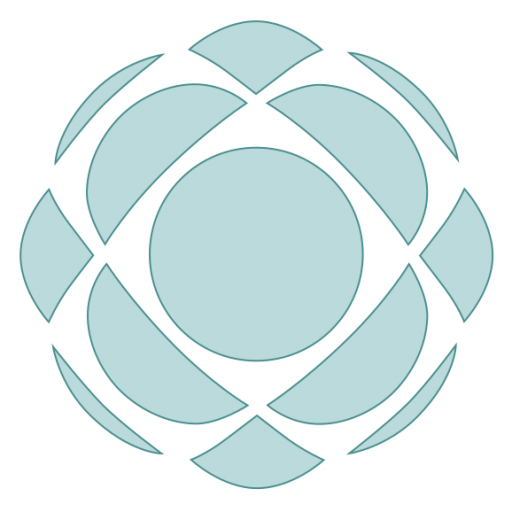
Galactic Math
Overview
Audience
Children ages 8 and up (yes, adults can enjoy this retro-gaming experience too!
Tools
Google Gemini, VS Code, GitHub, Pixlr
Approach: Using gamification and vibe-coding, based on established pedagogical structure for math instruction
This project is in progress, but I wanted to start mapping out how I’ve approached designing it and what its current state it. For now, I’m linking to blog entries that I’ve created as I proceed, but I’ll map out the process in more detail as it solidifies.
Process
Research
Because this project was intended to rely as much as possible on AI (as an experiment in seeing what the possibilities were), I started my research by asking Claude for some general approaches to teaching mathematics, how it was typically structured, and how I might approach this game in particular. The responses were generally useful, but vague and not clearly sourced.
I then proceed to use NotebookLM, which is a brilliant tool that allows you to use sources as the foundation for the responses of the LLM. It has a feature that lets you “discover” sources, so I asked it to seek out academic and reliable sources that discuss or summarize pedagogical approaches to teaching mathematics to children, in particular multiplication. I labeled those sources and repeated that process with sources that focused on approaches best suited for gamification. I then asked it to find sources that discussed existing products on the market, their approaches to teaching math, and their results.
With those sources in hand, I could then ask a series of questions, selecting particular sets of sources, and found that mathematics pedagogy had a general structure and progression that was generally preferred, and that rote memorization was not generally preferred as an approach to learning math. Teaching children to develop “number sense” was considered the best approach, and then developing rote knowledge in areas where number sense could not be applied was accepted. I also found that there were only a few products on the market that addressed the issues I wanted to address. I asked NotebookLM (Gemini) to then produce a prompt I could use to generate a mathematics space shooter game that targeted multiplication.
Early Versions

I wrote a blog entry that described the early versions of the game and described the current state of the learning data and visualization in the game. The basic game mechanics were established at this point, but they targeted rote memory still and provided no instruction. Designing a simple interface to present instruction would come later. Read the full blog post here.
Math as a Journey
The next blog entry addressed the transition to a journey-based approach. Creating a simple story progression and taking the learner through a journey in which they grow and develop and see their knowledge and skills represented by their character would bring in additional layers of gamification.
Read the full blog post here.

Future Versions
Continuing to improve on the journey, add more layers of gamification, and possibly collaborate with educators to create a more effective teaching tool are all prospects. I’ll continue to post updates here and build out this overall page to describe the current state. Check back for updates!
Full Development
If you would like to play the actual game, click the link below! Be forewarned: I have not yet released a playable version and I’m working on getting Dev branches that allow me to turn dev features on and off so others can play the game without having to look at my mess, but I’m still learning the ins and out of working with AI, and haven’t implemented that. So, you will see Dev elements that are not part of the actual game. These elements allow me to test functionality game flow without having to play the entire game.
The game is hosted on GitHub right now, and you can view the code there as well.
Results & Takeaways
Overall, I’ve found vibe-coding to be enjoyable and fairly productive. At this point, it seems like it’s a great way to quickly create prototypes of ideas. I’m continuing to take this concept as far as I can, but I’ve already seen that Gemini doesn’t seem to handle layers of experience (sign in and user accounts versus gameplay), so I don’t yet see vibe-coding as a viable alternative to having developers. As a learning developer myself, I love the idea that I can collaborate with team mates, come up with a few interesting concepts for unique ways to gamify learning, and create a prototype for those concepts to decide what will work best. Being able to user test MVPs or interactions quickly will be really valuable for future projects!
In terms of results, I had my son give this game a try, and he really enjoyed it. More importantly, I knew he had already learned basic multiplication (1-3) but hadn’t yet mastered the multiplication table, so watching him play, I was pleased to see that he quickly moved through 2 levels in a single sitting, mastering each after a few attempts, staying engaged the entire time. He had seen me play the higher levels with enemies shooting at you and he wanted to get to that level too, but when he attempted it, he didn’t have the knowledge he needed. That made him want to dig in even more, and he played for about 30 minutes for a few days straight so he could get far enough to be able to play the lower levels with enemies. He’s a fan! And as a parent, I’m a fan, knowing he’s quickly learning skills he’ll need when summer is over.
